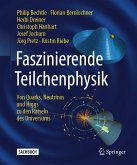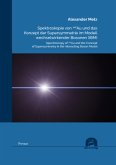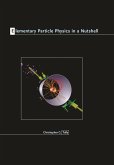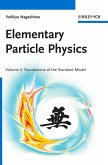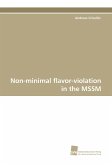Central to particle physics since the early 1980s, supersymmetry represents the culmination of the search for fundamental symmetries that has dominated particle physics for 50 years. Intended for graduates and researchers, this is the first introductory textbook in this formidably technical field. Its elementary, practical treatment brings readers to the frontier of contemporary research. Emphasis is placed on physical understanding, and on detailed derivations of important steps. Advanced topics are introduced and many short exercises are included making for a valuable and accessible self-study tool.
Hinweis: Dieser Artikel kann nur an eine deutsche Lieferadresse ausgeliefert werden.
Hinweis: Dieser Artikel kann nur an eine deutsche Lieferadresse ausgeliefert werden.
'Any student or practising physicist who wants to learn about the phenomenological implications of TeV-scale supersymmetry without spending the time to master the more mathematical approaches to the subject would do well to acquire a copy of Supersymmetry in Particle Physics. It is a unique text that has value both on its own accord and as a supplement to larger and more comprehensive texts. This is indeed entry-level supersymmetry in its best and most practical sense.' Physics Today


